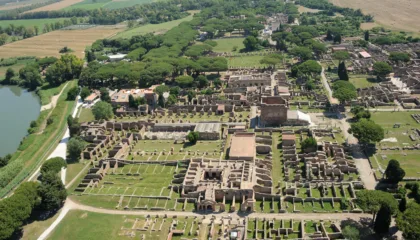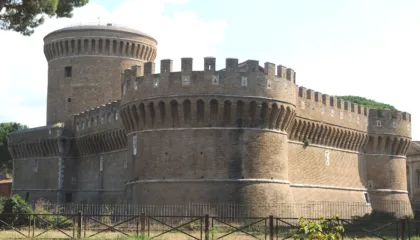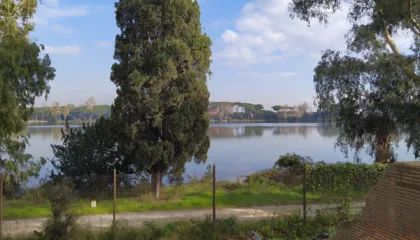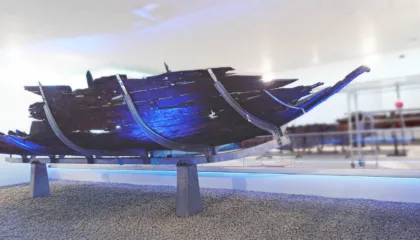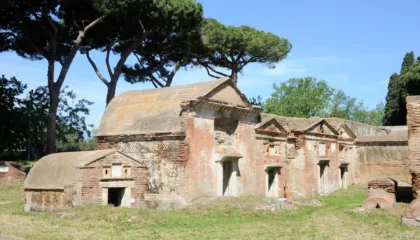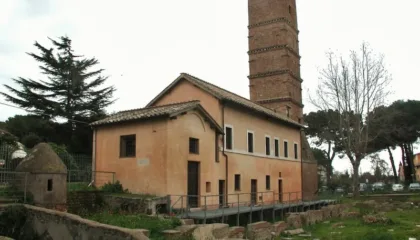The Anthropology Service of the Archaeological Park of Ancient Ostia, in collaboration with the Molecular Anthropology Center for the Study of Ancient DNA of the Department of Biology at the University of Rome “Tor Vergata”, is studying some particularly interesting bone remains from the Ostia area. This collaboration inspired the idea of enriching the anthropological investigation through the use of advanced imaging diagnostics techniques. A scientific study was launched thanks to the expansion of this collaboration to the Imaging Diagnostics Unit of the Faculty of Medicine at the University of Rome “Tor Vergata”.
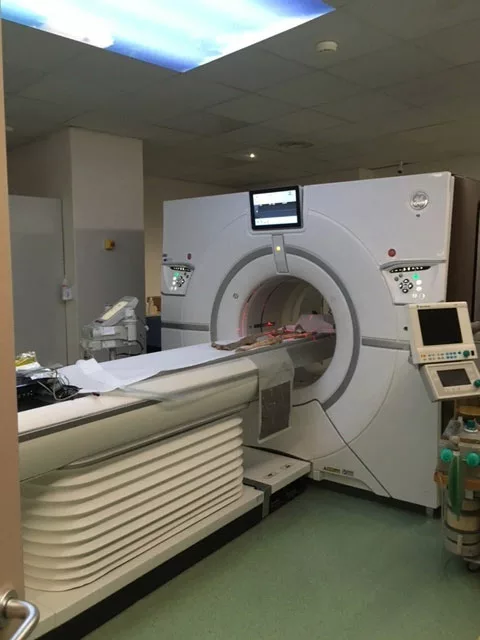
Ongoing CT scan of bone remains from the Ancient Ostia area
In May 2021, several skeletal remains were subjected to computed tomography (CT) scanning. Imaging diagnostics has the advantage of revealing the structure of the bone in its full thickness, making a significant contribution to understanding any present alterations.
In essence, technologies used today to diagnose the living were applied to the skeletal remains of people who lived nearly 2000 years ago.
The first case analyzed concerns an adult individual from the Laurentina Necropolis (1st–3rd century AD) showing a severe fracture of the right tibia and fibula. Image analysis aims to assess the extent of this fracture and how the formation of the bone callus affected the person’s subsequent ability to walk. In fact, the tibia, after healing, appears noticeably shorter than that of the opposite side, and signs of osteoarthritis are also present at the extremities.
\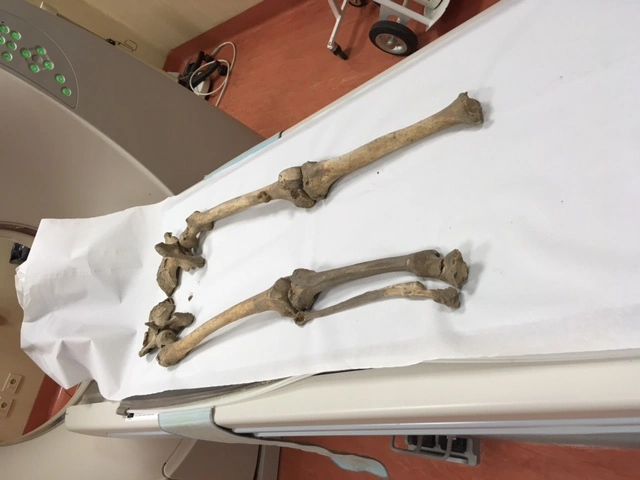
The second case involves the analysis of a mandible from a Late Antique burial inside the Basilica of Pianabella, showing signs of a major trauma that also caused the loss of some teeth. The mandible was placed on a cushion to allow investigation from all sides. In this case, the goal is to evaluate the extent of the bone remodeling that occurred following the trauma, as well as determine whether the bone’s morphology allows for hypotheses about the nature of the injury.
\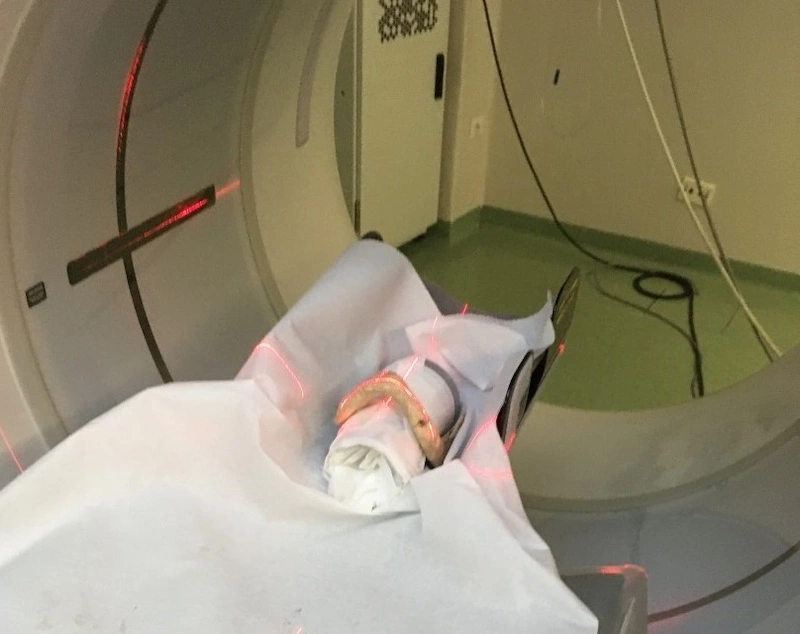
All this information together enhances our understanding of the inhabitants of the Ancient Ostia area and their way of life.
